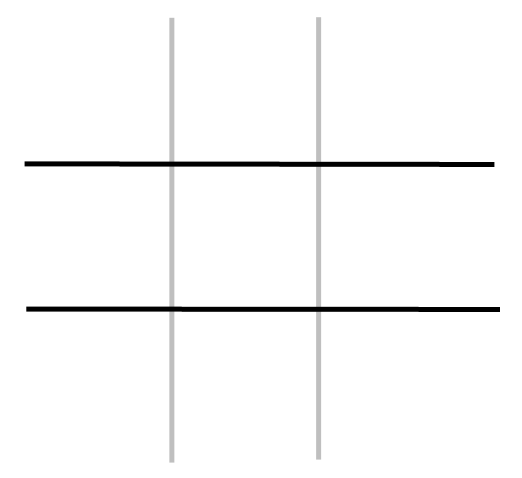
How to choose a bonsai pot?
Claude Savard
CSCeramique
How to choose a bonsai pot? This question is always relevant. It's crucial to consider aspects such as pot size, drainage, and the style of bonsai itself. Quite often, many amateurs buy pots without considering certain essential criteria. They make their choice according to their aesthetic preferences, but without taking into account the basic criteria that will enhance their bonsai. Opting for the right pot contributes not only to the overall aesthetics of the ensemble, but also to the health and optimal development of the bonsai.
Will this pot really enhance my bonsai?
Quite often, the answer is yes. Many people buy bonsai pots primarily for their aesthetic appeal. This is an ideal option if you're passionate about collecting pots, or if you aspire to a wide variety to avoid any unforeseen problems. However, it's important to note that most of these enthusiasts never find the ideal pot in their collection, prompting them to constantly acquire new pottery for their bonsai.
To determine the optimum size for your bonsai, it's essential to acquire specific knowledge about the type of tree you're growing. First, identify the type of tree you're growing. feminine or masculine ? Next, differentiate between coniferous and deciduous trees.
By taking these criteria into account, you'll be able to select the pot that will enhance the natural beauty of your bonsai and establish perfect visual harmony between tree and pot.
The rule of thirds

Il est impératif de ne pas sous-estimer cette problématique, car elle revêt une importance cruciale. En premier lieu, il est essentiel de saisir la notion fondamentale appelée « la règle des tiers ».
This rule applies to visual composition, whether in painting, photography or drawing.
.
It's essential to always remember that the presentation of your bonsai is a fundamental element of its overall image. A successful presentation must respect this rule. The world's leading bonsai masters use it to showcase their trees at prestigious exhibitions. You can just as easily apply this rule to the structure of your bonsai, the choice of pot, the arrangement on the table and your tokonoma as a whole.
To understand this rule, its simplicity is evident in its wording. Simply take an image and subdivide it into three equal parts in both length and height. This will generate two horizontal and two vertical lines.
How can this rule help me find the right pot size ?
How do you determine the width of the pot?
Calculate the height of your bonsai by dividing it by three, then multiply the result by two. I understand that this method may seem complex, so let's illustrate it with a concrete example. Let's imagine that your tree currently measures 35 cm from the base of the trunk to the top.

Divide 35 by three to obtain 11.66. Multiplying this result by two gives 23.33. Consequently, the recommended length for your pot would be around 23 cm (35/3 = 11.66, 11.66 * 2 = 23.33). In short, for simplicity's sake, choose a pot whose length is about 2/3 of your bonsai's total height.

How do you determine the height of the pot?
Right, let's move on to the second measurement. It's simpler: measure the diameter of your bonsai's base, also known as the "nebari". If this measurement is 5 cm, opt for a pot whose total outside height, including feet, does not exceed this dimension.

In this last example, the tree's imposing diameter contrasts sharply with the relative modesty of the pot's height. Clearly, this tree has been meticulously cared for and has probably resided in a bonsai pot for several decades. This long period of adaptation has resulted in the development of an exceptionally compact root system. As a result, the owner has wisely opted for a reduced pot height, creating the visual illusion of an imposing, majestic tree despite the modest size of its pot.
In conclusion
Now that you've gained a good understanding of how to choose a bonsai pot, it's essential to note that these guidelines don't take into account the specific layout of the roots or the tree as a whole. They represent general principles that guide us, but their application is not universal for all bonsai styles. For example, cascade trees « Kengai », the literate style « Bunjing » or the forests «Yose-ue » do not correspond to the traditional image of bonsai, and these rules do not apply to these special cases.